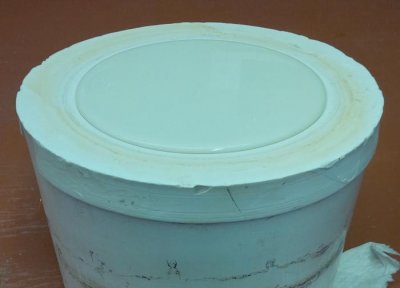A chemical as sodium carbonate added to a clay slip to minimize settling out.
Deflocculant ceramics definition.
Deflocculant definition is an agent that causes deflocculation.
In ceramics this term refers to the flow and gel properties of a glaze or body suspension made from water and mineral powders with possible additives deflocculants modifiers.
In ceramic industry glazes are often sprayed especially in sanitary ware.
Thixotropic suspensions flow when you want them to and then gel after sitting for a few moments.
Water in ceramics water is the most important ceramic material it is present every body glaze or engobe and either the enabler or a participant in almost every ceramic process and phenomena.
Darvan is a liquid deflocculant that is often preferred for use with plaster molds because unlike some other deflocculants darvan does not degrade the plaster.
Thixotropy thixotropy is a property of ceramic slurries.
The treatment of clay by means of a wet grinding and deflocculation process is a widely used technique by the floor and wall tiles ceramic industry.
In ceramics there are a number of different deflocculants available.
Darvan 811 is a deflocculant that is similar to darvan 7 but is more.
The most efficient compounds having deflocculant action for uses in ceramics are sodium silicate polyphosphates pyro tripoly tetrapoly etc and organic sodium and ammonium polyelectrolytes.
Flocculation in the field of chemistry is a process in which colloids come out of suspension in the form of floc or flake either spontaneously or due to the addition of a clarifying agent the action differs from precipitation in that prior to flocculation colloids are merely suspended in a liquid and not actually dissolved in a solution in the flocculated system there is no formation of.
Following the development of single firing processes the need for atomised clay has led to the use of these processes.
Some slips will also give a moderate degree of the hardening effect and decreased permeability that a ceramic glaze would give.
Often only pottery where the slip creates patterns or images will be described as slipware as opposed to the many types where a plain slip.
The technique is important.
No single product acts according to all of the mechanisms described above therefore a mixture of various compounds is usually used whose combined.

